"This project will provide insight for what we will be doing next: the idea of getting the private sector, the community and the government work together," UNESCO Beijing Office director Abhimanyu Singh said, after he visited a private residence under renovation in mid-August.
"It is a small beginning. But it is important because what happens here gets reported back to the World Heritage Committee. The experience gets shared and can be built upon in other countries."
But even renovations perhaps won't stop Pingyao's outflow of young people. The population increasingly belongs to Liu's generation.
"What happens when this generation is no longer there?" Singh says.
While Singh expects tourism to be the major source of revenue to protect and maintain Pingyao in the long term, the town is also looking for new money-spinners.
The government built a 130 million yuan industrial park to develop hand-polished lacquer ware, a millennium-old local handicraft listed as a national intangible cultural heritage.
A modern international art center was built in a former textile mill.
The hottest new attraction is the Another Glance at Pingyao performance that infuses the town's history and culture into a tragic epic.
Ji Hongfu believes a renovation will make his house more livable for his family.
His greatest concern is his courtyard was built in the Yuan Dynasty (1271-1368), while most hail from the Ming and Qing eras.
So, he worries the local craftsman might not be familiar with Yuan-style building methods.
"I've been watching their work," he says. "The houses they renovated last year are more authentic than those they did the year before. This year is even better. I believe there is a future for our house. It's a gift from our ancestors - one we'll pass on.

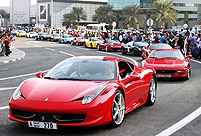 Luxury-cars parade held in Dubai
Luxury-cars parade held in Dubai Special forces take tough training sessions
Special forces take tough training sessions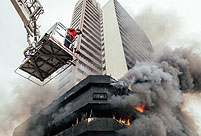 Fire guts 22-storey Nigeria commercial building in Lagos
Fire guts 22-storey Nigeria commercial building in Lagos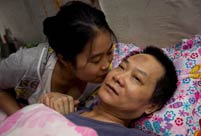 A girl takes care of paralyzed father for 10 years
A girl takes care of paralyzed father for 10 years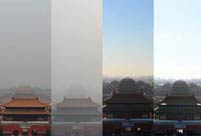 A record of Beijing air quality change
A record of Beijing air quality change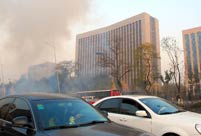 In pictures: explosions occur in Taiyuan
In pictures: explosions occur in Taiyuan Hello! Horror Halloween Celebration!
Hello! Horror Halloween Celebration!  The catwalk to the world of fashion
The catwalk to the world of fashion 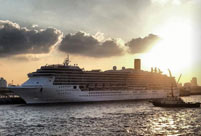 Cruise trip to Taiwan
Cruise trip to Taiwan  Maritime counter-terrorism drill
Maritime counter-terrorism drill Loyal dog waits for master for six months
Loyal dog waits for master for six months Oriental education or western education?
Oriental education or western education? China in autumn: Kingdom of red and golden
China in autumn: Kingdom of red and golden National Geographic Traveler Photo Contest
National Geographic Traveler Photo Contest Chinese screen goddesses from Beijing Film Academy
Chinese screen goddesses from Beijing Film Academy Day|Week|Month